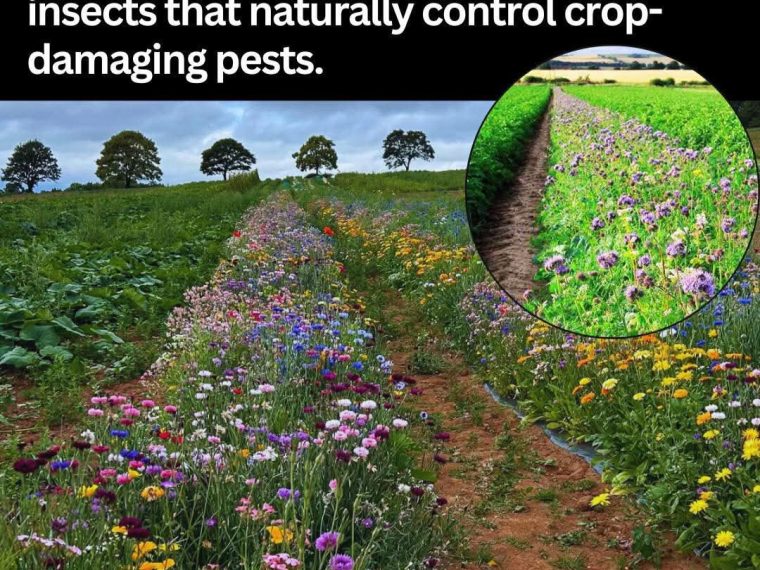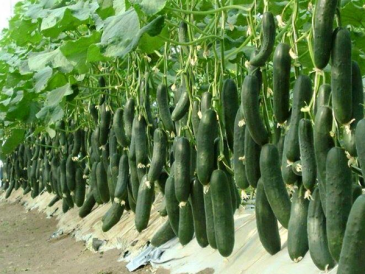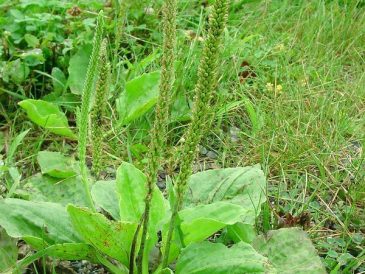Farmers Are Cutting Back on Pesticides by Planting Rows of Wildflowers 🌸🌾
Around the world, farmers are beginning to embrace a surprisingly simple yet highly effective method for reducing their reliance on chemical pesticides: planting strips of wildflowers alongside their crops.
Instead of spraying large amounts of chemicals to control pests, farmers are turning to nature’s own solutions. These wildflower strips attract beneficial insects—such as ladybugs, hoverflies, lacewings, and parasitic wasps—that naturally prey on crop-damaging pests like aphids, caterpillars, and beetles. By creating a more balanced ecosystem, farmers can let nature do part of the work in protecting their harvest.
How It Works
- Wildflowers provide food and shelter for pollinators and natural pest predators.
- The increase in insect diversity leads to a healthier, more resilient farming environment.
- Farmers report needing fewer chemical sprays, cutting costs and reducing environmental damage.
Benefits of Planting Wildflowers
🌱 Reduced pesticide use – lowers farming costs and decreases harmful chemical residues.
🐝 Boosts pollinators – essential for crops like fruits, vegetables, and nuts.
🌍 Environmental protection – helps restore biodiversity, protects soil health, and reduces water pollution.
👩🌾 Sustainable farming – gives farmers a long-term solution that benefits both the land and the community.
A Win-Win for Nature and Farming
Not only does this practice help crops grow healthier, but it also supports declining pollinator populations, such as bees and butterflies, which are crucial for food production worldwide. Many agricultural scientists believe that planting wildflower borders could be a cornerstone of future eco-friendly farming systems.
In short, by planting rows of wildflowers, farmers are proving that sometimes the most powerful solutions come from working with nature—not against it. 🌸🌾🐝




